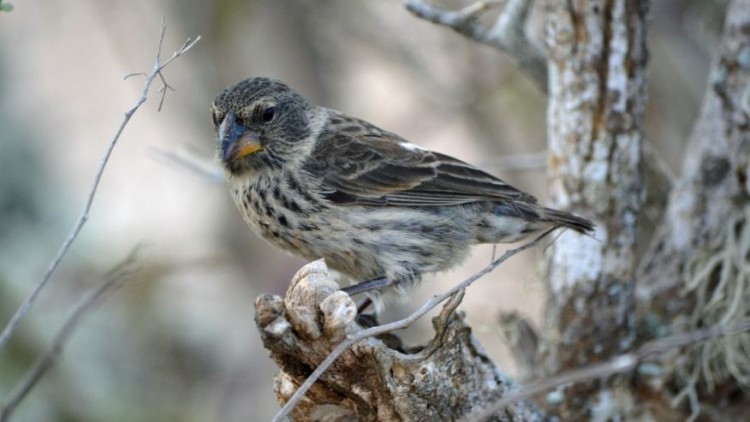
Charles Darwin’s finches of the Galapagos Islands—renowned as a poster child for speciation (that’s “the process by which new species arise,” explains Smithsonian)—may not be able to evolve fast enough to stave off extinction, according to a study published last week in the Journal of Applied Ecology.
The medium ground finches of Santa Cruz Island are having their newly hatched babies decimated by Philornis downsi, a parasitic nest fly humans brought to the islands half a century ago.
The flies lay their eggs inside the birds’ nests, and the hatching maggots feed on the young birds. “This is like a really bad horror flick,” study author Dale Clayton says.
“The babies can’t withstand even one night with these parasites.” According to Discovery News, the flies were first spotted in the finches’ nests in 1997.
Since then, the population has been growing, and none of the Galapagos Islands is free of the flies. Researchers looked at five years of field research on the medium ground finches specifically on Santa Cruz and came up with three scenarios—good, bad, and neutral—based on breeding, weather, and food supplies, Discovery News reports.
In both the bad and neutral scenarios, the finches have less than 100 years before they’re extinct. According to Smithsonian, the same fate is likely facing some of the other 14 species of Darwin’s finches.
“If Darwin’s finches go extinct, it will be because people brought this fly to the islands,” Clayton says. “If the fly had gotten to the island more gradually, perhaps, maybe the birds would have had more time to adapt.” Researchers believe a 40% reduction of nest infestations could save the finches and are looking at options to accomplish that, Discovery News reports.